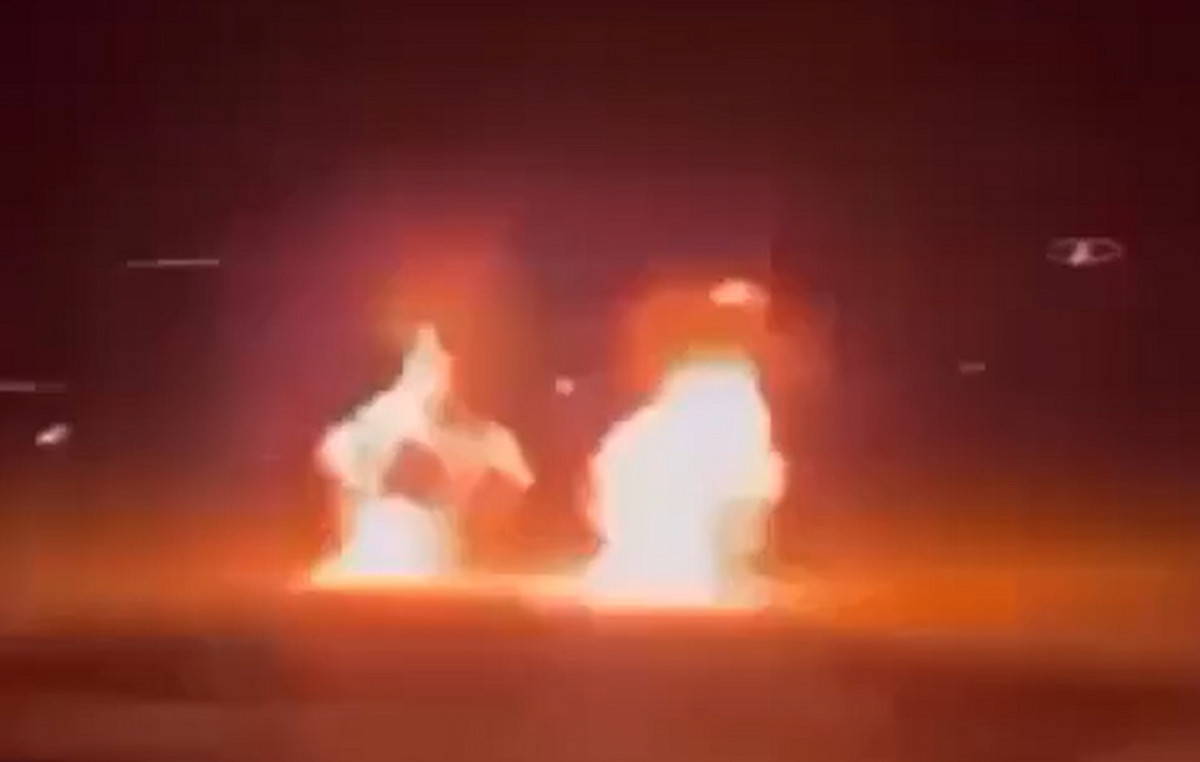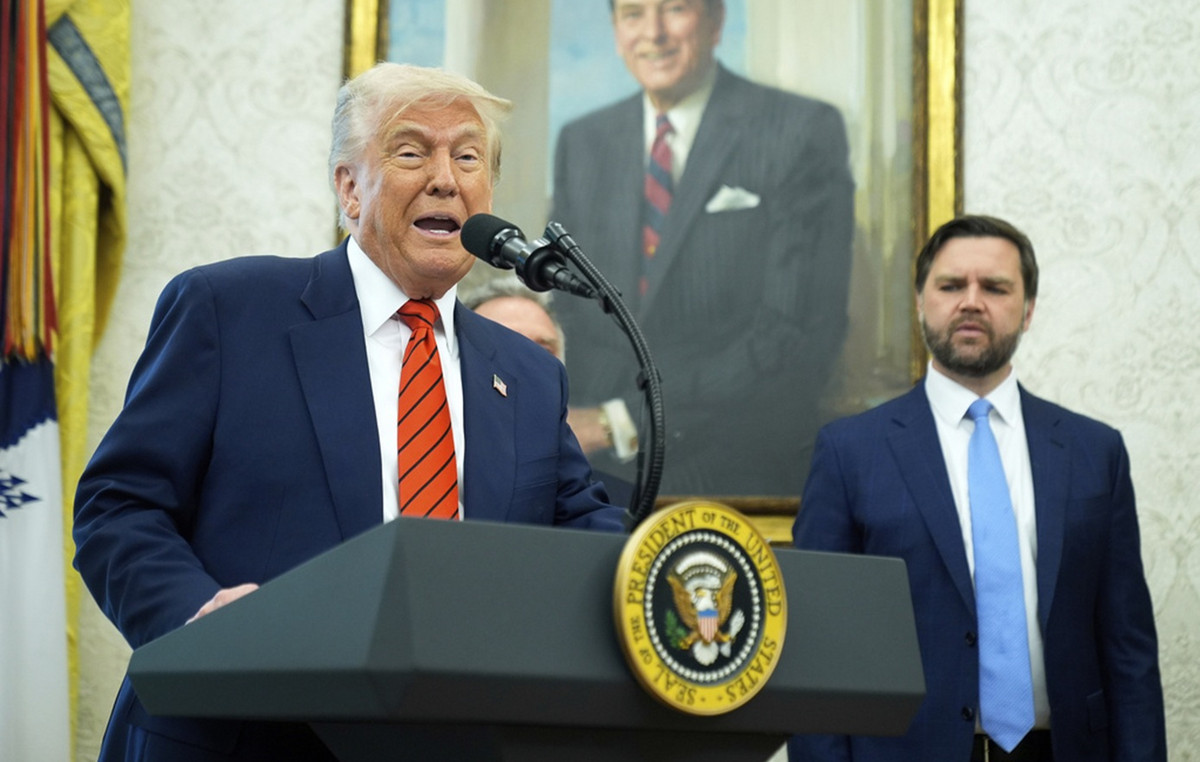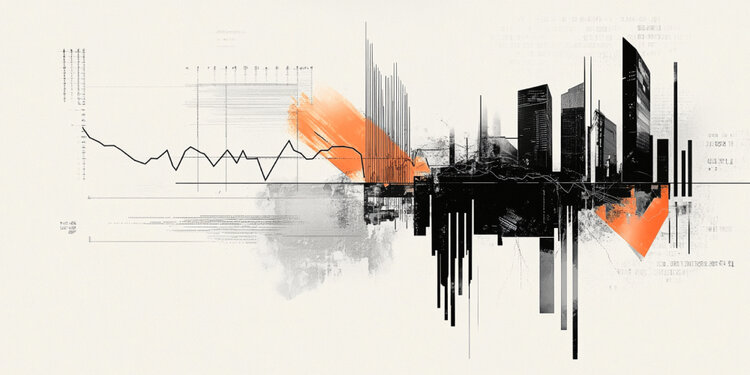China behaves like a school bully towards smaller countries, Philippine Defense Secretary told CNN this Friday (29), during an exclusive interview in which he warned his nation, and the rest of the world, to confront Beijing’s territorial expansion in the South China Sea.
“I can’t think of any clearer case of bullying than this,” said Philippine Secretary of National Defense Gilberto Teodoro Jr. “It’s not about stealing your lunch money, it’s about stealing your lunch box, your chair and until enrollment in school.”
The statements follow increasingly assertive steps by the Philippines to protect its claim to shoals in the South China Sea during more than a month of maritime drama.
While tensions between China and the Philippines over the highly contested and strategic waterway have been rising for years, clashes have escalated this summer, renewing regional fears that a mistake or miscalculation at sea could trigger a wider conflict, including with the United States.
The region is widely seen as a potential hotbed of global conflagration and the recent clashes have raised concerns among Western observers of potentially developing into an international incident if China, a global power, decides to act more forcefully against the Philippines, a treaty ally. from the USA.
Recent incidents have involved standoffs between China’s coast guard, what Manila says are Chinese “maritime militia” boats and small wooden Philippine fishing vessels, Chinese water cannons blocking resupply from a sunken Philippine military outpost, and a Filipino diver Lone cutting through a floating Chinese barrier.
Teodoro characterized the Philippines’ refusal to retreat into the waters of its 200-nautical-mile exclusive economic zone as a fight for the Philippines’ very existence.
“We are fighting for our fishermen, we are fighting for our resources. We are fighting for our integrity as an archipelagic State. Our existence as the Republic of the Philippines is vital to this fight,” Teodoro said in an interview at the Department of National Defense in Manila.
“It’s not for us, it’s also for future generations.”
“And if we don’t stop, China will increasingly penetrate what is within our sovereign jurisdiction, our sovereign rights and within our territory,” he said, adding that Beijing will not stop until it controls “the entire South Sea from China”.
Beijing says it is safeguarding its sovereignty and maritime interests in the South China Sea and warned the Philippines this week “not to provoke or look for trouble.”
He further accused Philippine fishing and coast guard vessels of illegally entering the area.
China claims “indisputable sovereignty” over nearly all of the 1.3 million square kilometers of the South China Sea and most of the islands and shoals within it, including many features that are hundreds of kilometers from mainland China. .
Along with the Philippines, Malaysia, Vietnam, Brunei and Taiwan also have competing claims.
Over the past two decades, China has occupied numerous reefs and atolls throughout the South China Sea, building military installations including airstrips and ports, which the Philippines says challenges its sovereignty and fishing rights, as well as endangers marine biodiversity in the rich waterway.
In 2016, an international court in The Hague ruled in favor of the Philippines in a historic maritime dispute, which concluded that China has no legal basis to claim historic rights over most of the South China Sea.
But Beijing ignored the decision and continues to expand its presence in the waterway.
What is at stake
In his first television interview with an international media outlet since taking office in June, Teodoro made a point of highlighting that everything that happens in the South China Sea has an impact on the globe.
Crucially, the waterway is vital to international trade, with trillions of dollars in global shipping passing through it every year.
It is also home to vast fertile fishing grounds on which many lives and livelihoods depend, and beneath the waves lie enormous reserves of natural gas and oil that competing claimants are competing for.
With nations reeling from inflation sparked by Russia’s war in Ukraine, there are concerns that any slowdown in travel and freight transport in the South China Sea would result in a significant impact on the global economy.
“It will choke one of the world’s most vital supply chains, stifle international trade and subject the world economy, especially supply chains, to its whims,” Teodoro said, adding that if that happens, “the entire world will react.”
The Defense Secretary warned that smaller nations, including regional partners, depend on international law for their survival.
“Although they need China, they need Russia, they realize that they can also become victims of intimidation. If they [China] close the South China Sea, perhaps the next target will be the Strait of Malacca and then the Indian Ocean,” Teodoro said.
Conflict risk
A few years ago, the Philippines tread a much more cautious path with its huge neighbor, China.
But since taking office last year, Philippine President Ferdinand “Bongbong” Marcos Jr. has taken a stronger stance on the South China Sea than his predecessor, Rodrigo Duterte.
Marcos also strengthened relations with the US that had frayed under Duterte, with the two allies to promote greater cooperation and joint patrols in the South China Sea in the future.
In April, the Philippines identified the location of four new military bases that the US will have access to as part of a broad defense agreement that analysts say aims to counter China.
Washington condemned Beijing’s recent actions in the contested sea and threatened to intervene under its mutual defense treaty obligations if Philippine ships were the target of armed attack there.
US Deputy Assistant Secretary of Defense Lindsey Ford reiterated Washington’s commitment to the mutual defense treaty in testimony before a US House subcommittee on Tuesday (26).
She said the treaty covers not only the Philippine armed forces but also the coast guard and civilian vessels and aircraft.
“We have repeatedly said and continue to say that we have absolutely met those commitments,” Ford said.
Defense Secretary Teodoro is concerned about a possible escalation “due to the dangerous and reckless maneuvers of Chinese ships”, but made it clear that any incident – accidental or not – the blame would fall on China “entirely on its shoulders”.
And he called on global powers to help pressure Beijing over its actions in the South China Sea.
“Peace and stability in that part of the world will provide some relief and comfort for everyone,” he said.
As part of the Marcos administration’s commitment to increase the Philippines’ defensive and monitoring capabilities in the South China Sea, Teodoro said more “air and naval resources” have been ordered.
“There will be more patrol aircraft coming, more rotary aircraft and we are looking at the possibility of acquiring multi-role fighters,” he said, adding that this would “make a difference to our air defensive capabilities.”
Preferring for cool heads to prevail, Teodoro said diplomacy would provide a way forward as long as Chinese leader Xi Jinping complies with international law.
“I believe that Filipinos are always willing to talk, as long as that conversation does not mean whispering in a back room or shouting at each other, which is to say that there should be substantive, open, transparent and rules-based conversations,” he he said, also adding that the negotiations cannot be used as a delaying tactic by Beijing.
The Philippines, he said, “has no choice” but to confront China because otherwise “we will lose our identity and integrity as a nation.”
But conflict, he added, was not the answer or the desired outcome.
“Standing up doesn’t really mean going to war with China, heavens, no. We don’t want that. But we have to maintain our position when our position is invaded.”
See also – US, China and Russia expand nuclear test sites
Source: CNN Brasil
Bruce Belcher is a seasoned author with over 5 years of experience in world news. He writes for online news websites and provides in-depth analysis on the world stock market. Bruce is known for his insightful perspectives and commitment to keeping the public informed.







